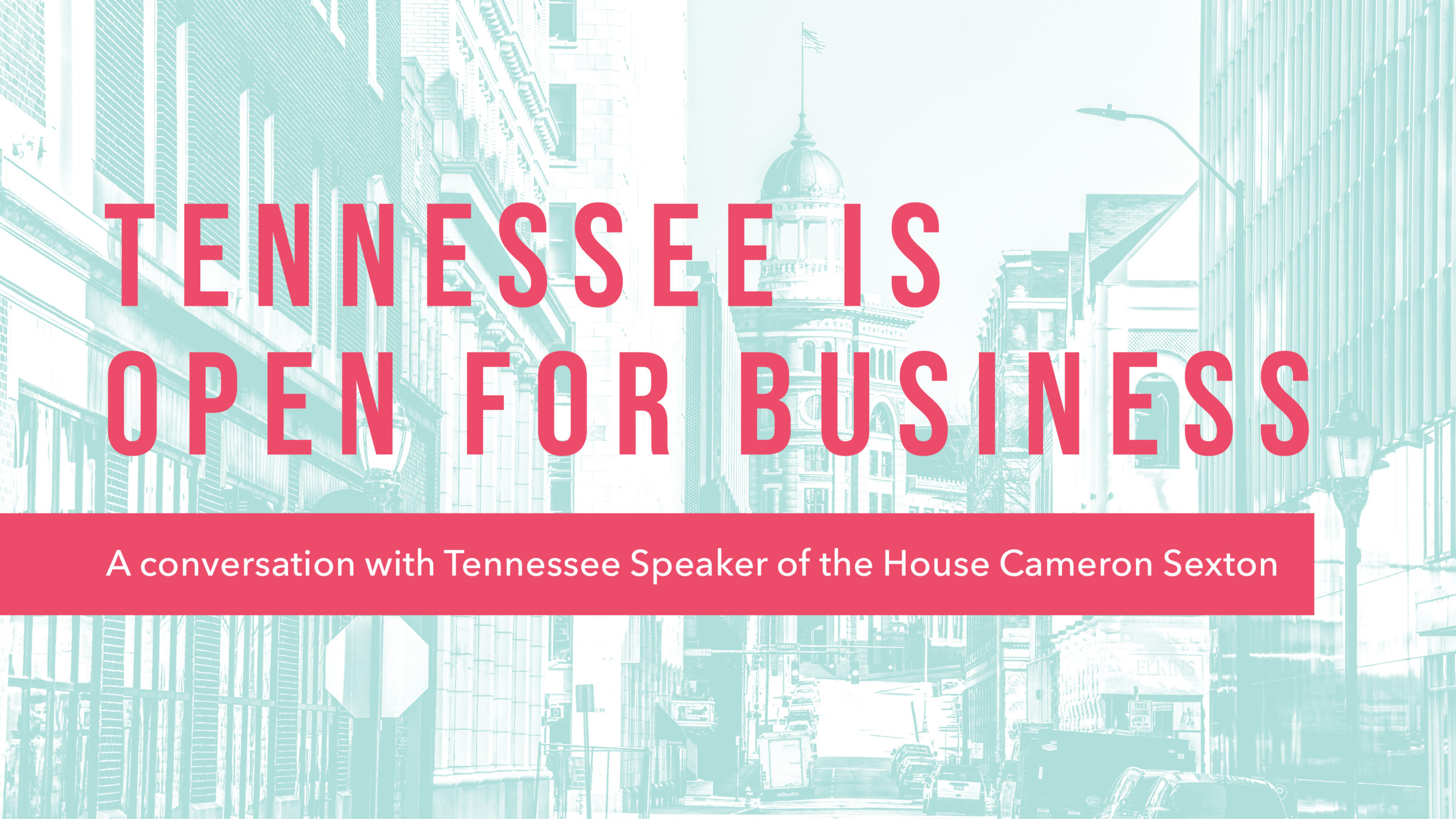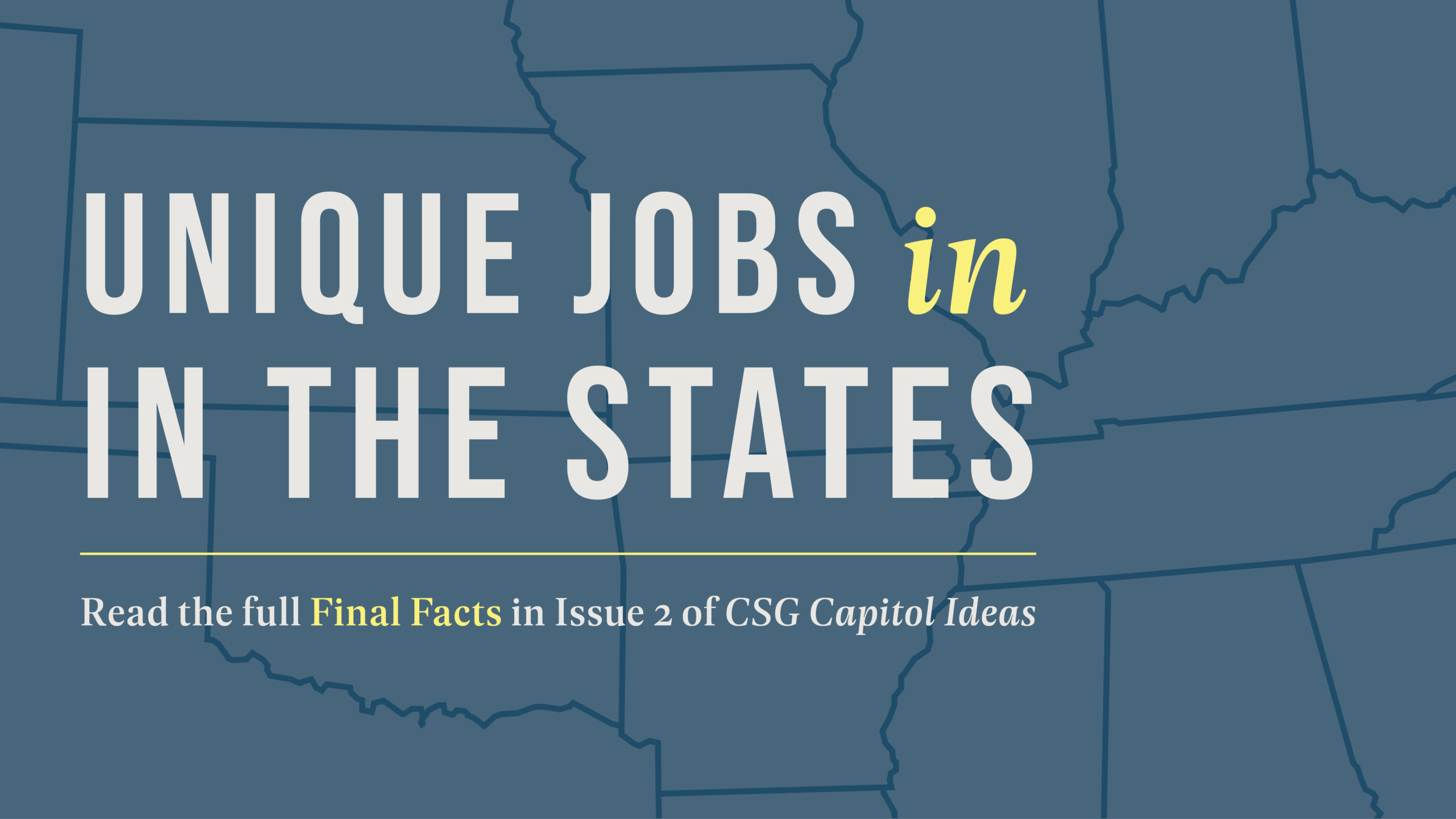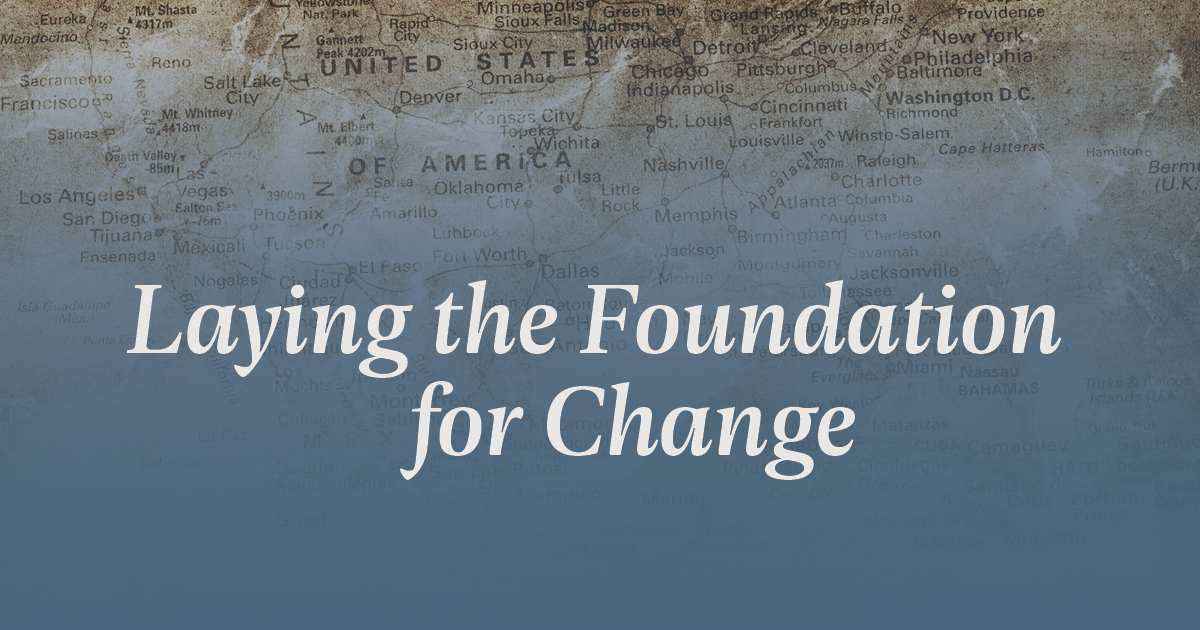On Monday, President Biden announced “…commitments from 20 leading internet providers — covering more than 80% of the U.S. population across urban, suburban, and rural areas — to either increase speeds or cut prices, making sure they all offer ACP-eligible households high-speed, high-quality internet plans for no more than $30/month.” The announcement is a component of the Affordable Connectivity Program, established as part of the Infrastructure Investment and Jobs Act, enacted last November.
The pandemic dramatically accelerated societal dependence on internet access for success at work, school and access to services including physical and mental health care. However, even as broadband infrastructure has expanded substantially, inequalities remain. For example, according to the Pew Research Center, 92% of households with an average income of $75,000 or higher have broadband access at home; for those making $30,000 or less annually, that figure drops to 57%.
The infrastructure act includes a $65 billion investment in broadband expansion and access support, with $14.2 billion designated specifically for the Affordable Connectivity Program. Among the components of the $14.2 billion allocation strategy is $30/month in benefits to qualifying low-income households with approximately 11.5 million individuals enrolled. The commitment announced Monday from internet providers, along with the $30 subsidy to households already in place through the Affordable Connectivity Program, means eligible households will have access to no cost internet plans.
Meanwhile, the infrastructure bill also directs state governments to require private companies to offer a “low-cost option” to qualify for federal funds designated for broadband expansion to underserved areas. The legislation does not provide clarification on the meaning of “low-cost” and the National Telecommunications and Information Administration (Department of Commerce) has the authority under the infrastructure act to reject proposed plans for not meeting the requirement. Conflicts between providers and consumer advocate organizations have risen across the states as policymakers navigate the uncertain terrain.
Left unsaid in Monday’s announcement is what impact, if any, the national agreement with providers will have on the mandate that state governments ensure “low-cost option” plans.
For more federal resources for state and local government broadband expansion efforts, click here.








